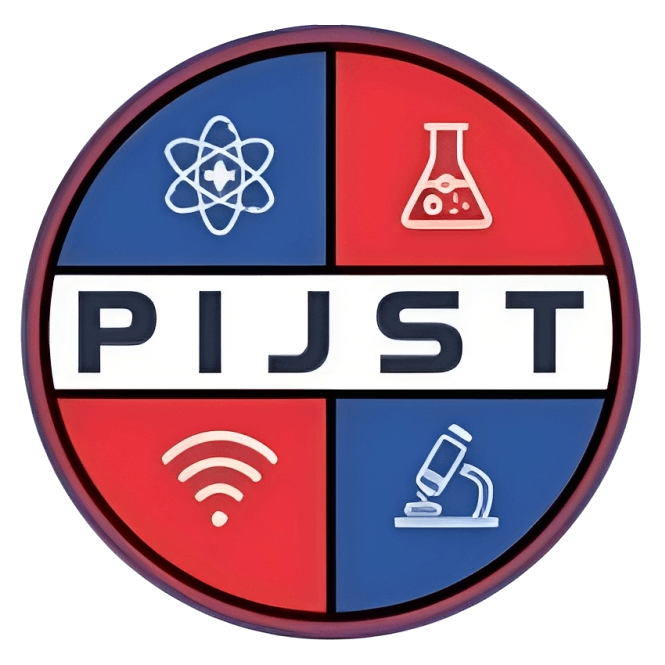Binni Kumari, Research Scholar, University Department of Chemistry, BNMU, Madhepura, Bihar.
Dr. Mohit Gupta, Senior Assistant Professor, Department of Chemistry, L.N.M.S College, Birpur, BN MU
Madhepura, Bihar.
 DOI: 10.62796/pijst.2025v2i5001
DOI: 10.62796/pijst.2025v2i5001
 DOI URL: https://doi.org/10.62796/pijst.2025v2i5001
DOI URL: https://doi.org/10.62796/pijst.2025v2i5001
Published Date: 02-05-2025 Issue: Vol. 2 No. 5 (2025): May 2025 Published Paper PDF: Download E-Certificate: Download
Introductory Paragraph- Antibiotic-resistant infections have risen to become a critical global health threat, with the World Health Organization warning that the world is “running out of antibiotics”.i Bacteria are evolving mechanisms to evade existing drugs at an alarming pace, risking a future where routine infections become potentially untreatable.ii In response, over the past two decades researchers have increasingly turned to computer aided drug design (CADD) to accelerate the discovery of new antibacterial agents. CADD encompasses a suite of in silico techniques that can identify, design, and optimize drug candidates with higher efficiency than traditional trial-and-error approaches. By leveraging growing structural biology data and computational power, CADD has aided the development of diverse classes of antibacterials – from classic small molecule enzyme inhibitors to peptide-based therapeutics and other novel modalities. In this review, we provide a comprehensive overview of the role of CADD in antibacterial drug discovery over the past 20 years. We discuss major CADD methodologies (structure-based and ligand-based design, molecular docking and virtual screening, pharmacophore modeling, molecular dynamics simulations, and machine learning-assisted approaches) and highlight how these tools have been applied to identify promising antibacterial candidates. Key successes from the literature are summarized, focusing on high-impact studies in medicinal chemistry, pharmacology, and computational biology.
Published Date: 02-05-2025 Issue: Vol. 2 No. 5 (2025): May 2025 Published Paper PDF: Download E-Certificate: Download
Introductory Paragraph- Antibiotic-resistant infections have risen to become a critical global health threat, with the World Health Organization warning that the world is “running out of antibiotics”.i Bacteria are evolving mechanisms to evade existing drugs at an alarming pace, risking a future where routine infections become potentially untreatable.ii In response, over the past two decades researchers have increasingly turned to computer aided drug design (CADD) to accelerate the discovery of new antibacterial agents. CADD encompasses a suite of in silico techniques that can identify, design, and optimize drug candidates with higher efficiency than traditional trial-and-error approaches. By leveraging growing structural biology data and computational power, CADD has aided the development of diverse classes of antibacterials – from classic small molecule enzyme inhibitors to peptide-based therapeutics and other novel modalities. In this review, we provide a comprehensive overview of the role of CADD in antibacterial drug discovery over the past 20 years. We discuss major CADD methodologies (structure-based and ligand-based design, molecular docking and virtual screening, pharmacophore modeling, molecular dynamics simulations, and machine learning-assisted approaches) and highlight how these tools have been applied to identify promising antibacterial candidates. Key successes from the literature are summarized, focusing on high-impact studies in medicinal chemistry, pharmacology, and computational biology.

 : 10.62796/pijst
: 10.62796/pijst